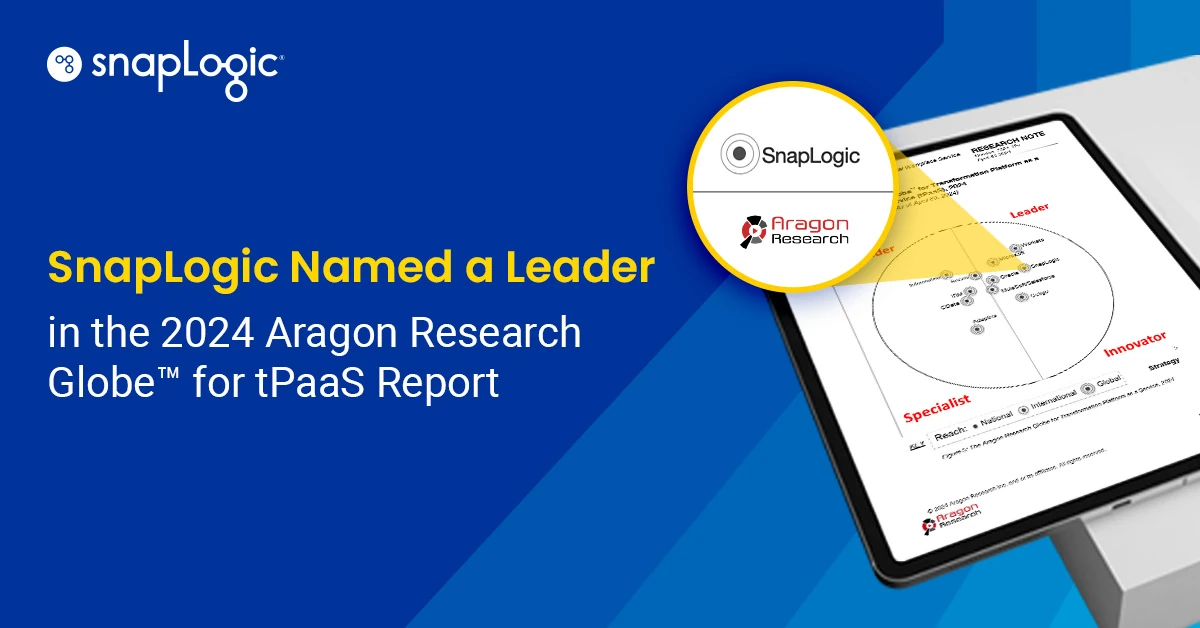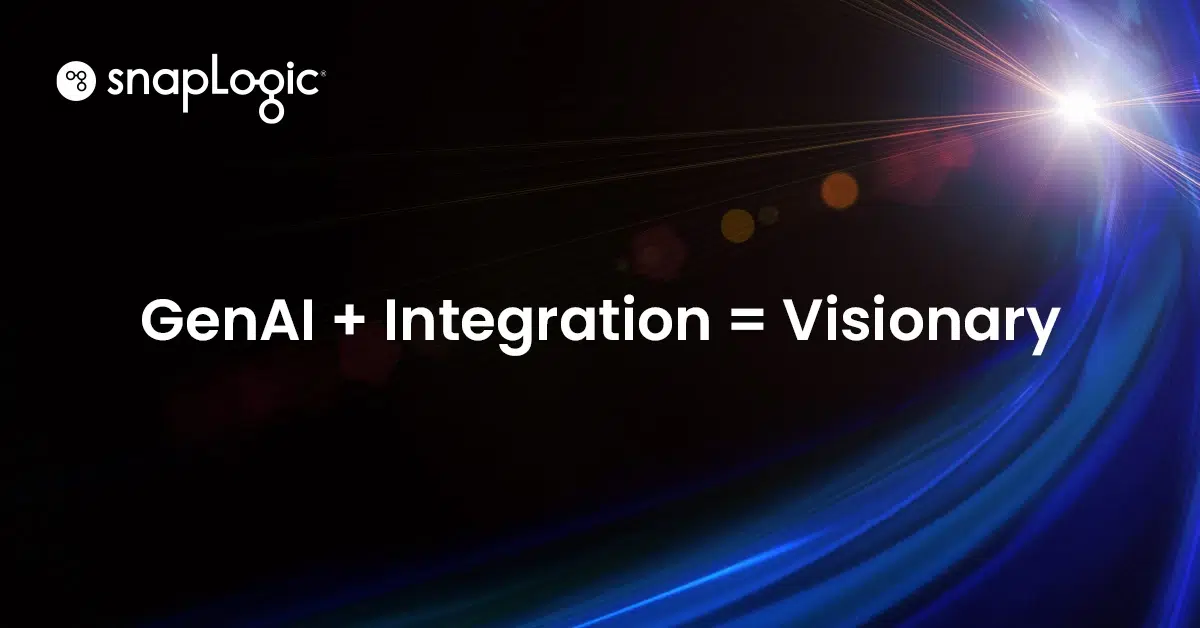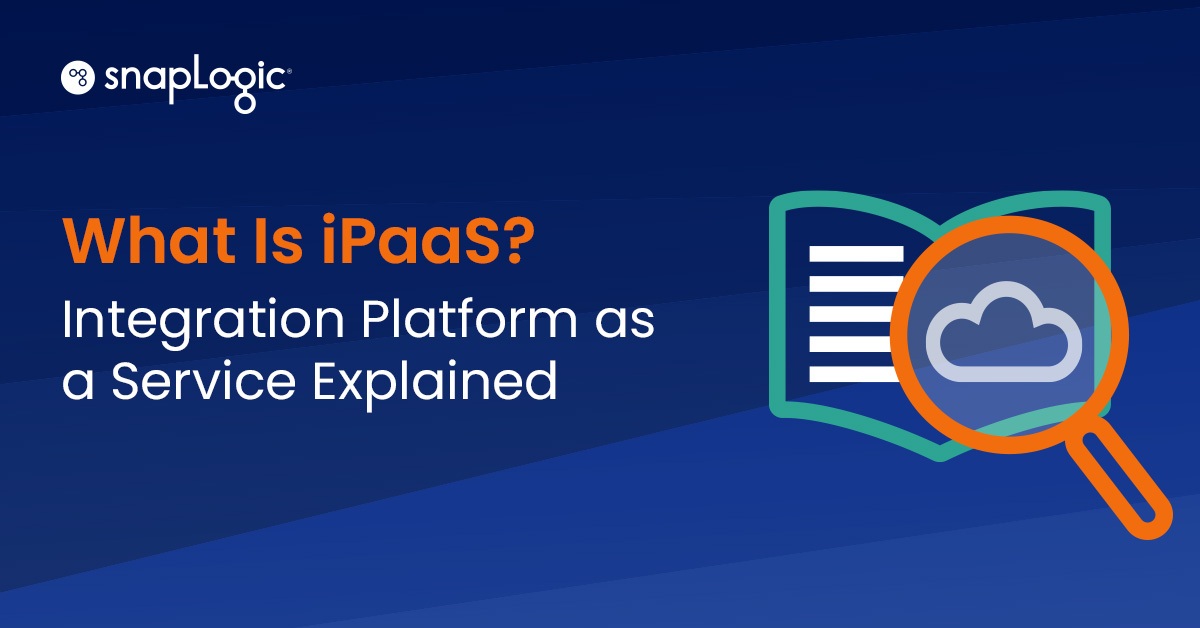The recent placement of SnapLogic in the Visionary Quadrant in the Gartner’s iPaaS Magic Quadrant is a testament to the vision our CEO, Gaurav Dhillon, and the entire SnapLogic team have consistently demonstrated over the years. It is great to see that Gartner is recognizing iPaaS as a space big enough to dedicate an entire magic quadrant. There are several nuances that are important in this new category creation:
- The old way of building and managing integrations (ESBs, ETLs) is no longer able to keep up with new world of SMACT – Social, Mobile, Analytics (Big Data), Cloud and Internet of Things. These legacy products are unable to handle the explosion in the variety, volume and velocity of data that feeds into analytic apps. To add to this pain, these products are unable to access the new locations where this data is being generated – mainly public clouds (Amazon Redshift, Salesforce), social applications (Twitter, Facebook) and devices (Internet of Things such as sensors and mobile devices). And lastly, these products are also unable to jive with the new requirements in the modern enterprise that are so mobile-thirsty and wish to expose their data and business process via APIs. iPaaS is the answer to these challenges.
- There is this tremendous need for speed in today’s enterprise. IT is unable to keep up with these ad-hoc, tactical requests from business users AND keeping themselves on track towards strategic initiatives. Traditional integration products are to blame for the long projects and delays in enabling business with timely information either via ETL or business processes. iPaaS is the answer to these challenges.
- Legacy integration tools are just too complex and cumbersome (some call it technically feature-rich) for the most common use cases. The pervasive nature of technology and business applications in today’s enterprises means that IT cannot deliver on every integration project. A new role called the “Citizen Developer” is emerging that is taking over alot of these day-to-day tasks of integrating data. iPaaS is that enabling platform that addresses this challenge.
![]()
Here are some of the firsts that we take great pride in:
- First cloud integration platform that can handle both data and application integration-style workloads [2013]
- First to deliver Elastic Integration capacity (dynamic and auto-scaling) in the cloud [2013]
- First to introduce a pre-built connector for Amazon Redshift [2013]
- First to introduce a free Data Joiner for Tableau customers [2013]
- First to introduce a Big Data as a Service solution to deliver ?Hadoop for Humans? [2013]
- First cloud integration platform to transform integration data flows directly into MapReduce tasks, called SnapReduce [2011]
- First to build automated data quality into the cloud integration platform [2011]
- First to deliver an iPad-based mobile application to manage, monitor and control cloud integrations [2011]
- First to integrate cloud master data management capabilities with iPaaS [2011]
- First to create an online marketplace (the SnapStore) for integration connectors and pre-built cloud integration solutions [2010]
- First to move an integration offering on a public Platform as a service (PaaS) cloud infrastructure such as the Amazon EC2 [2008]
We look forward to a very exciting year ahead! We would love to hear your comments and feedback. Please drop us a line at [email protected].









